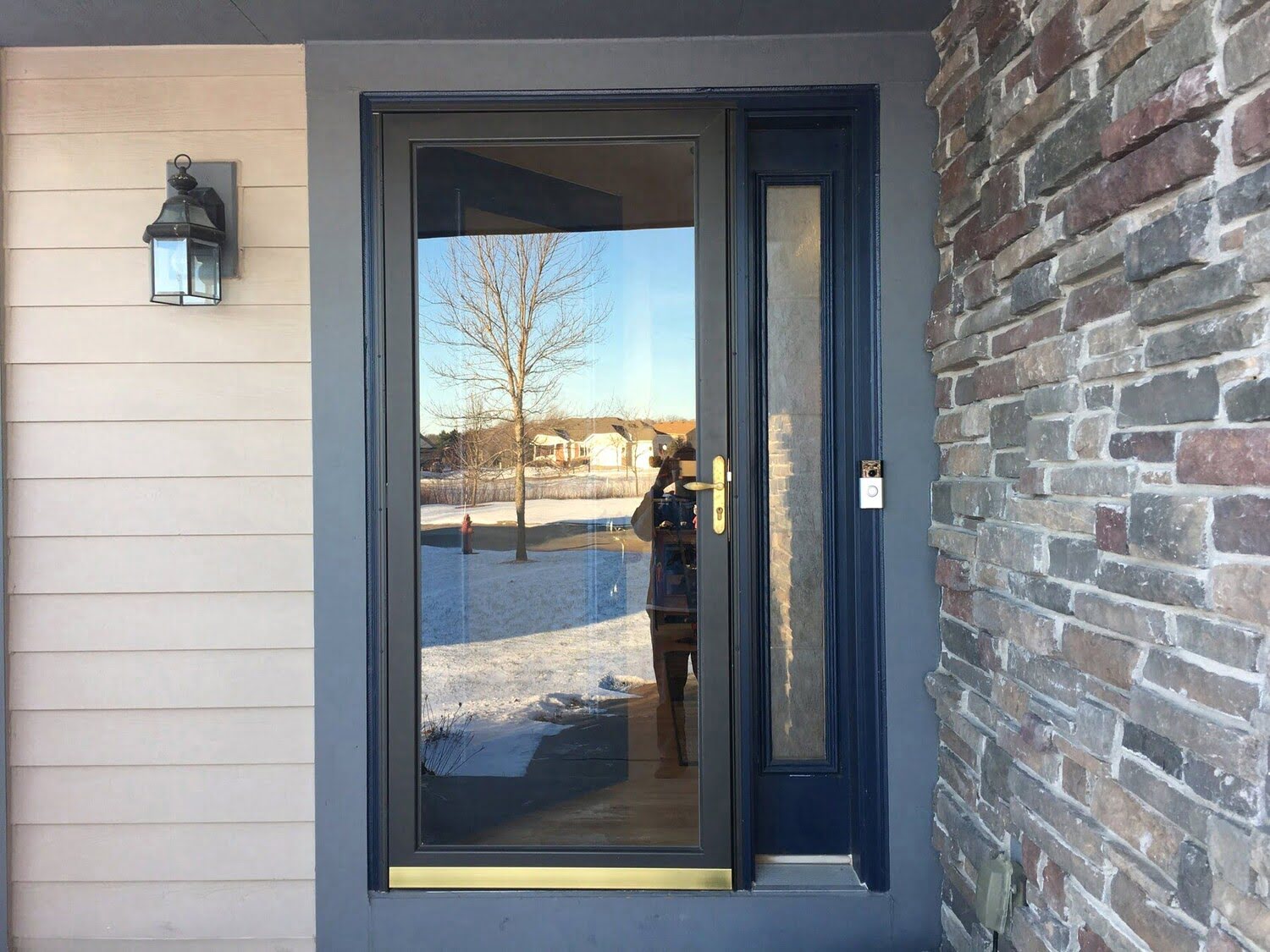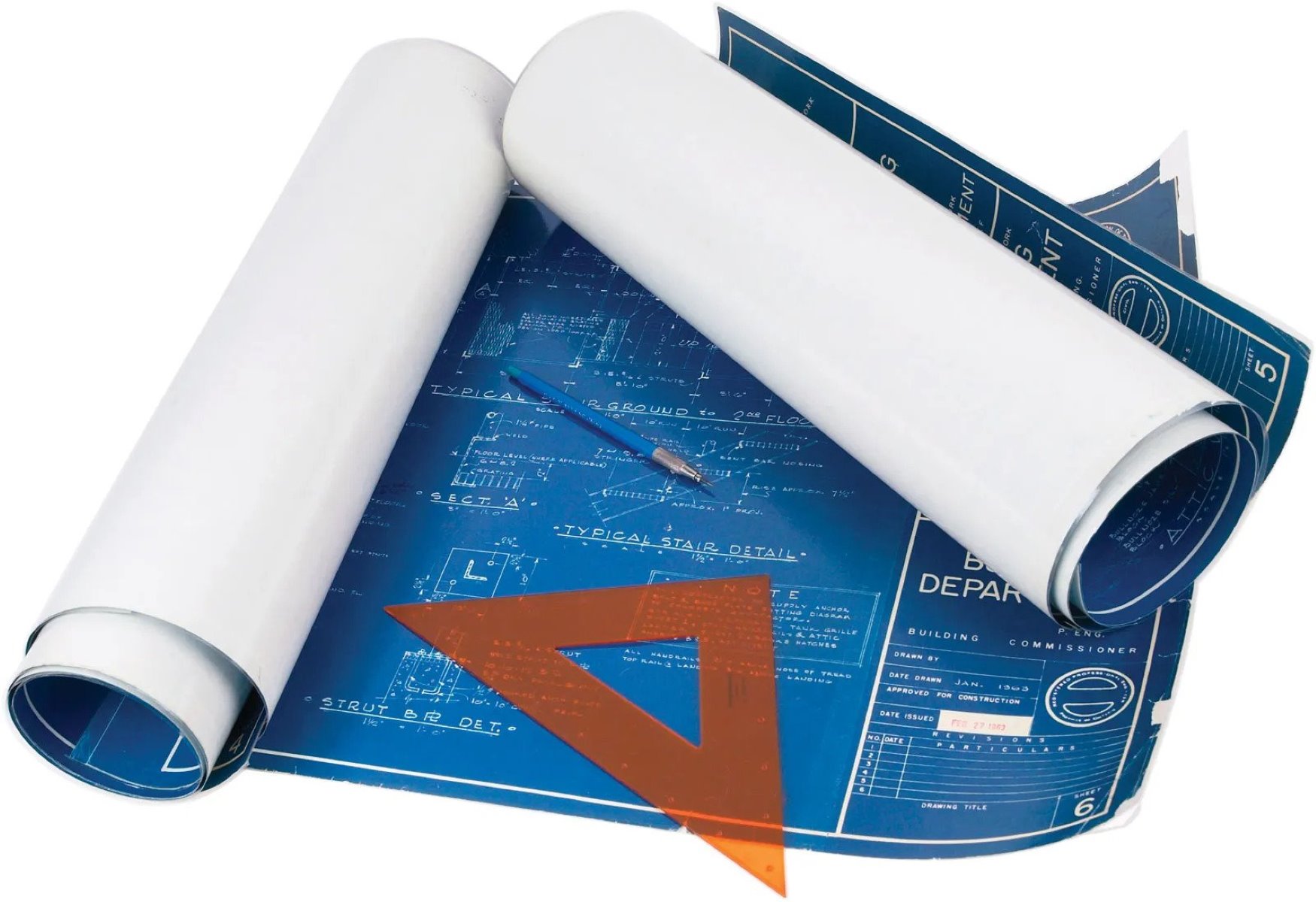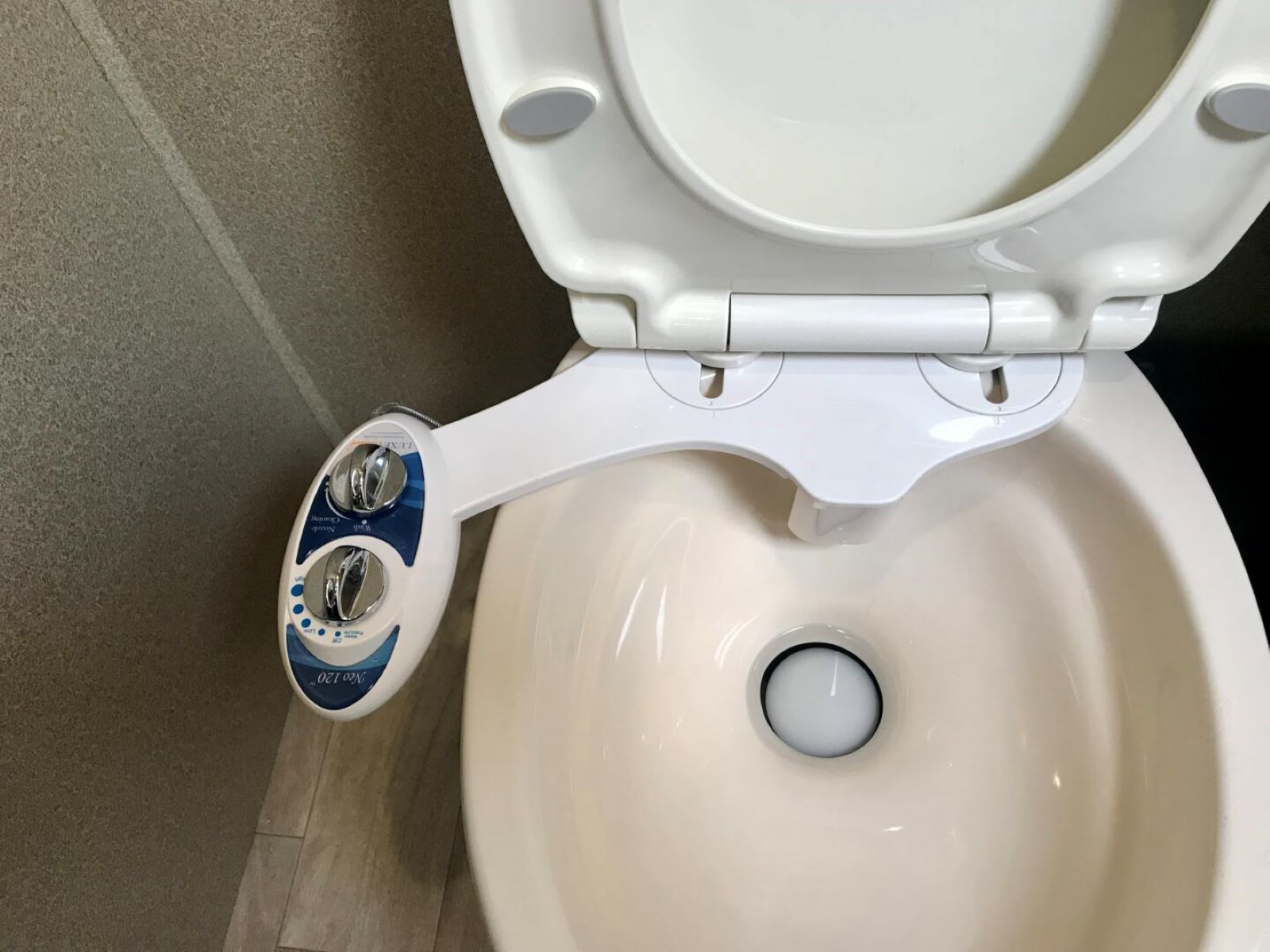Home>diy>Architecture & Design>What Do You Do When You Blueprint To Generate A Topic?


Architecture & Design
What Do You Do When You Blueprint To Generate A Topic?
Modified: December 7, 2023
Discover the best strategies for generating innovative topic ideas in architecture design. Find out how to create effective blueprints for your projects and stand out from the competition.
(Many of the links in this article redirect to a specific reviewed product. Your purchase of these products through affiliate links helps to generate commission for Storables.com, at no extra cost. Learn more)
Introduction
When it comes to creating content, having a well-defined topic blueprint is crucial. A topic blueprint serves as a guide, providing a roadmap for your content creation process. It helps ensure that your content is organized, informative, and engaging for your target audience.
In this article, we will discuss the step-by-step process of blueprinting a topic. Whether you are writing a blog post, creating a video script, or designing a presentation, this process will help you organize your thoughts, gather relevant information, and create valuable content.
So, what exactly is a topic blueprint? Think of it as a skeletal structure for your content. It outlines the key points, subtopics, and supporting details that will be covered in your piece. This blueprint serves as the foundation upon which you will build your content, ensuring that it is cohesive, well-structured, and optimized for search engine visibility.
Now, let’s dive into the step-by-step process of blueprinting a topic.
Key Takeaways:
- Blueprinting a topic is crucial for creating well-organized, engaging content. It ensures a logical flow, depth, and search engine optimization, leading to better audience engagement and visibility.
- Thorough research, brainstorming, and organization are key to developing a comprehensive topic blueprint. It adds credibility, clarity, and value to your content, enhancing audience connection and search engine visibility.
Read more: What Is Blueprint App
Step 1: Understanding the Purpose of Blueprinting a Topic
Before diving into the process of blueprinting a topic, it’s important to understand why it is crucial to generate a topic blueprint in the first place. So, why is it important?
The primary purpose of creating a topic blueprint is to ensure that your content is well-organized and focused. It helps you avoid the pitfall of creating content that lacks structure or fails to deliver a clear message to your audience. By blueprinting your topic, you can effectively plan out the flow of your content and ensure that it remains coherent and logical from start to finish.
Moreover, generating a topic blueprint allows you to identify the goal of your content. Are you aiming to inform, entertain, persuade, or educate your audience? Defining this goal will help you shape your content to align with your intended purpose and engage your readers or viewers effectively.
By blueprinting a topic, you also give yourself the opportunity to dive deeper into the subject matter. You can explore various subtopics that relate to your main topic and include them in your blueprint. This not only adds depth to your content but also provides valuable information to your audience.
In addition, having a topic blueprint can also be beneficial for search engine optimization (SEO). By properly organizing your content and including relevant keywords and phrases in your blueprint, you increase the chances of your content being discovered by search engines. This can lead to higher visibility, increased organic traffic, and ultimately, better engagement with your target audience.
Overall, the importance of generating a topic blueprint lies in its ability to provide structure, clarity, and focus to your content. It helps you articulate your message effectively, engage your audience, and optimize your content for search engine visibility.
Step 2: Researching and Brainstorming
Once you have a clear understanding of the purpose of blueprinting a topic, the next step is to conduct thorough research and brainstorm ideas and concepts related to the topic.
Researching the subject matter is essential to ensure that your content is accurate, informative, and well-supported. Start by gathering relevant resources such as articles, books, reports, or reputable websites that provide valuable insights and information on the topic. Read and analyze these sources to gain a comprehensive understanding of the subject matter.
While conducting research, make sure to take note of key points, statistics, examples, and any other supporting information that you come across. This will help you develop a strong foundation for your topic blueprint and ensure that your content is well-researched and credible.
Next, move on to the brainstorming phase. This is where you generate ideas and concepts that are related to the main topic. Begin by jotting down any ideas that come to mind, regardless of how trivial or unrelated they may seem at first. The goal is to explore various angles and perspectives that can be incorporated into your content.
You can use brainstorming techniques such as mind mapping, listing, or freewriting to stimulate your creativity and generate a wide range of ideas. Consider different aspects of the topic, potential subtopics, and related concepts that can add depth and value to your content.
During the brainstorming process, it’s important to remain open-minded and explore diverse possibilities. Encourage yourself to think outside the box and consider unique angles or perspectives that can make your content more engaging and insightful.
Remember, the research and brainstorming phase sets the foundation for your topic blueprint. By conducting thorough research and exploring a variety of ideas and concepts, you ensure that your content is well-informed, comprehensive, and compelling.
Step 3: Organizing and Outlining
Once you have conducted thorough research and brainstormed ideas for your topic, it’s time to organize and outline your topic blueprint. This step is crucial as it helps you structure your content and establish a logical flow that will guide your writing process.
The first step in organizing your topic blueprint is to create an outline. Start by identifying the main points or key themes that you want to cover in your content. These main points will serve as the backbone of your blueprint, providing a clear structure for your piece.
After identifying the main points, consider the subtopics that fall under each main point. These subtopics will further delve into specific aspects of the main point, providing more detailed information and insights. Organize the subtopics in a logical manner, ensuring that they contribute to the overall coherence and flow of your content.
It’s important to keep in mind that each main point and subtopic should be relevant to your overall topic and contribute to the goal you identified earlier. This ensures that your content remains focused and provides value to your audience.
Once you have created an outline and organized your main points and subtopics, take a moment to review and refine it. Consider the sequence of the main points and subtopics and make any necessary adjustments to ensure a smooth and logical transition between them.
At this stage, you may also want to consider incorporating keywords or key phrases that are relevant to your topic. These can be inserted strategically throughout your outline to optimize your content for search engine visibility. However, it’s important to ensure that the keywords are used naturally and do not compromise the flow and readability of your content.
By creating a well-organized outline, you establish a strong structure for your topic blueprint, making the writing process much smoother and more efficient.
When you blueprint to generate a topic, start by identifying your target audience and their interests. Then, brainstorm potential ideas and narrow them down based on relevance, uniqueness, and potential impact.
Step 4: Developing Key Points
Now that you have an organized outline for your topic blueprint, it’s time to develop the key points and expand on the subtopics. This step involves adding detailed information, examples, and supporting evidence to strengthen your content.
Start by focusing on each main point and exploring it in more depth. Consider the key messages or arguments that you want to convey within each main point. This will help you develop a clear and concise narrative for your content.
For each subtopic, delve deeper into the subject matter and provide relevant details, explanations, and examples. This will help your audience gain a deeper understanding of the topic and appreciate the value of your content.
When expanding on the main points and subtopics, make sure to back your claims or statements with supporting evidence. This can be in the form of statistics, research findings, expert opinions, or real-life examples. Including credible sources strengthens the credibility and reliability of your content.
Avoid making unsupported assertions or presenting information without proper backing. Including supporting evidence not only adds credibility to your content but also enhances its value and enables readers or viewers to trust and engage with your message.
Throughout this step, it’s important to maintain a balance between depth and readability. While it’s important to provide detailed information, avoid overwhelming your audience with excessive technical jargon or unnecessary complexity. Strive for clarity and ensure that your content remains accessible and engaging.
Incorporate your own insights, perspectives, and unique voice into your content. This adds a personal touch and helps establish a connection between you and your audience.
By developing the key points, expanding on the subtopics, and supporting your content with evidence, you create a comprehensive and valuable topic blueprint that will captivate and inform your audience.
Read more: What Is A Blueprint Of A House
Step 5: Refining and Finalizing the Blueprint
After completing the development of key points and expanding on subtopics, it’s crucial to review and refine your topic blueprint to ensure its quality and coherence. This final step allows you to make necessary adjustments and improvements before moving forward with the content creation process.
Take the time to carefully review your topic blueprint, paying attention to the overall structure, flow, and organization of your content. Check for any gaps or inconsistencies in the information presented in each main point and subtopic. Ensure that the content has a logical progression and that there are smooth transitions between different sections.
During the review process, also consider the clarity and readability of your blueprint. Ask yourself whether the information is presented in a concise and understandable manner. Remove any unnecessary jargon or technical terms that may hinder the reader’s comprehension. Aim for simplicity and clarity, making your content accessible to a wider audience.
As you review, keep an eye out for any redundancies or repetitions in your content. Make sure that each point and subtopic brings unique value to your readers or viewers. Eliminate any unnecessary repetition and consolidate information, creating a more concise and focused blueprint.
This is also an opportune time to fine-tune your use of keywords and key phrases. Ensure that the keywords are naturally integrated throughout your blueprint, without compromising the overall quality of the content. Consider how you can optimize your topic blueprint to enhance its visibility in search engine rankings and attract relevant organic traffic.
Once you have reviewed and refined your blueprint, make the necessary adjustments and improvements. Modify the structure or order of your main points and subtopics if needed. Add or remove any supporting evidence or examples to further enhance the credibility and relevance of your content.
Finally, take one last look at your topic blueprint to ensure that it aligns with your initial goal and purpose. Make sure that the blueprint effectively delivers the intended message or information you want to convey to your audience.
By thoroughly reviewing, revising, and finalizing your topic blueprint, you ensure that your content is polished and well-prepared for the content creation phase.
Conclusion
Blueprinting a topic is a critical step in the content creation process, providing structure, organization, and clarity to your content. By following the step-by-step process outlined in this article, you can create a comprehensive and engaging topic blueprint that resonates with your audience.
Understanding the purpose of blueprinting a topic allows you to recognize the importance of creating a well-organized and focused content piece. It enables you to identify the goal of your content and align it with the needs and expectations of your target audience.
Thorough research and brainstorming help you gather relevant information and generate diverse ideas and concepts that contribute to the quality of your content. Organizing and outlining your blueprint establishes a logical flow and ensures a cohesive structure for your content.
Expanding on the main points and subtopics, while incorporating detailed information and supporting evidence, adds depth and credibility to your content. By refining and finalizing your blueprint, you can review and make necessary adjustments to enhance the quality, readability, and coherence of the content.
In conclusion, blueprinting a topic is an essential process for creating valuable and engaging content. It allows you to organize your thoughts, gather relevant information, and ensure a logical flow. By following this step-by-step process, you can create content that captivates your audience, delivers your intended message, and optimizes your visibility in search engine rankings.
So, the next time you set out to create a piece of content, don’t overlook the importance of blueprinting your topic. Invest the time and effort into researching, brainstorming, organizing, developing, and refining your topic blueprint to create content that truly stands out.
Frequently Asked Questions about What Do You Do When You Blueprint To Generate A Topic?
Was this page helpful?
At Storables.com, we guarantee accurate and reliable information. Our content, validated by Expert Board Contributors, is crafted following stringent Editorial Policies. We're committed to providing you with well-researched, expert-backed insights for all your informational needs.















0 thoughts on “What Do You Do When You Blueprint To Generate A Topic?”